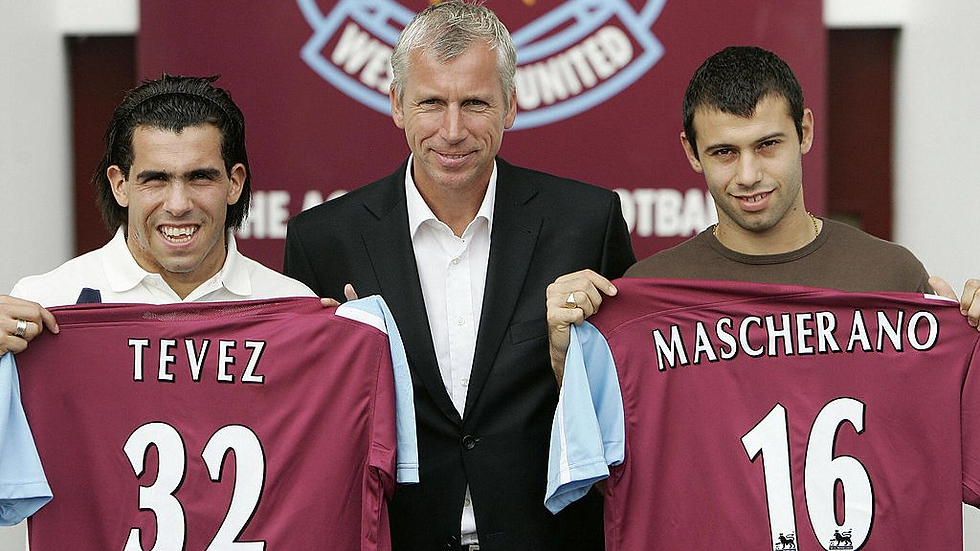MESSI v MASSI: An Exceptional Trademark Dispute
- globalsportspolicy
- May 12, 2021
- 4 min read
*Ayush Pandia and Ayushi Agarwal

After 9 years of battle in the legal arena, the trademark dispute between the Football’s GOAT, Messi and a company named Massi finally brought to an end before the Court of Justice of the European Union (CJEU), upholding the judgement of the General Court (GC). MASSI's objection was denied, and the brand MESSI with its trademark logo stands valid now.
But there is a deeper dive into understanding the rationale behind such judgement. MESSI and MASSI are different both in pronunciation and spelling but only on paper and by grammar. When a person does not know the details of the brand in toto purchases their products, which are sportswear and other accessories, then he or she might not dive into looking if the brand for the product is MESSI or MASSI or even when she or he goes to buy MESSI branded item but taking no cognizance of the branding on the item and instead buys off MASSI product. The confusion ought to happen when there is a difference so minute and evident that people may overlook it as it all depends on how people see and hear things instead of knowing about the same.
Its always better to know the facts of the case or dispute before diving into the issues and rationale behind the judgement of any case. In the present case of EUIPO v Messi Cuccittini, the matter was first brought before the EUIPO (European Union Intellectual Property Office), when the company named MASSI raised its objection against MESSI when the six-time Ballon d’Or Lionel Messi when to register the same in 2011. Messi had filed for the trademark MESSI for inter alia clothing, shoes and other sports equipment.[1] The EUIPO upheld the objection raised by Massi company, stating that both “the trademarks are visually and aurally similar, moreover the conceptual dissimilarity based on Messi’s fame concerned part of the public only.”[2]
After this, the matter was brought up before the General Court, which agreed to the fact that the similarity between the two trademarks could mislead the people as they were visually and aurally similar but it discontented with the rationale of conceptual dissimilarity as propounded by the EUIPO. The General Court held that the likelihood of the creation of strong conceptual dissimilarity due to Messi’s fame is next to zero as Messi’s fame is sufficient to make a clear distinction between the trademarks. Hence, the dispute in hand regarding the similarities between the two, both visual and phonetic, gets resolved as Lionel Messi is known to the people in the sports sector and the majority of the masses who get awareness from news social media, television, and other platforms. This clearly counters the argument of the EUIPO dealing with the similarities between the two trademarks.
EUIPO and Massi, the rightsholder, went to appeal to the European Court of Justice (CJEU) decision and the CJEU dismissed both the appeals. The court held that there cannot be any likelihood of confusion between the two brand names as in exceptional cases such as this one, where the signs are visually and aurally similar, there a strong conceptual dissimilarity might be enough to prevent the discovery of any kind of likelihood of confusion.
The CJEU pointed out that the reputation of an earlier trademark, one of the relevant factors in assessing the likelihood of confusion, is important insofar as it is possible to assess the reputation of an earlier trademark. Reputation can influence the perception of the brand by the relevant public.
Similar to assessing the reputation of brands, the 'reputation' or 'reputation' of a person depends on the perception of the general public, not on the relevant public of the given goods. The CJEU upholds the view of the General Court that Messi's reputation among the general public was a known fact, that is, a fact known to any person or which may be known by publicly available sources.
Although the surname of a soccer player, who is widely regarded as one of the greatest soccer players of all time, is a matter of general knowledge of the public, personal notoriety that influences the perception of the public cannot be accepted. The determining factor, in this case, was that the reputation of Lionel Messi in most of the EU area is so strong that he is not only known among sports fans but also by people who do not watch football regularly. The judgment means that the judgment of the CJEU applies in the case concerning “Picasso” and “Picaro” (C-361/04 P), both where the parent brand has a reputation, as well as in this case, where the trademark applied for, a reputation.
The CJEU's decision is important because it confirms the importance of the conceptual agreement in determining the likelihood of confusion. Although the CJEU's decision provides a welcome explanation in one sense or another, the assessment of the likelihood of confusion is nevertheless somewhat puzzling. In summary, the above remarks indicate that it would require some kind of "star" reputation to apply. However, such a condition raises new questions, as the CJEU does not clarify the status of personal reputation in relation to other factors, nor the limits and criteria for assessing celebrities' personal reputation in trademark matters. Hopefully, such legal uncertainty will be eliminated as other celebrities try their luck and fame in the EU's trademark arena.
*Ayush is a law scholar at the National University of Study and Research in Law, Ranchi. Ayushi is a law scholar at Amity Law School.
(The image used here is for representational purposes only)
References




Comments